Building a better Mega Man
Can Keiji Inafune's Mighty No. 9 escape the orbit of his own legacy?
There's a mantra running through my head while playing Mighty No. 9, the new game from Keiji Inafune, a clockwork rhythm that is as appropriate as it is distracting.
mega man mega man mega man mega man
The crowdfunded Mighty No. 9 is Inafune's attempt to carry on where Capcom never bothered, a "spiritual successor" to a beloved series that was briefly, teasingly revived to critical acclaim back in 2008 and left fallow again in 2010. When Capcom churns out dozens of iterations of Street Fighter and Resident Evil, it's easy to see why fans feel aggrieved by the way Mega Man, once virtually the company mascot, has been allowed to gather dust. The term "spiritual successor" is misleading though. There's nothing spiritual about this - it's a straight up reboot in almost every respect, bar the branding.
mega man mega man mega man mega man
It's impossible to put the comparison aside, because at every turn Mighty No. 9 openly invites it. Not only does new hero Beck have the same look as Mega Man's Rock, he has virtually the same back story: a robot, created as one of a team by a zany scientist, who must then hunt down and defeat his mechanical former brethren when they run amok.
In terms of gameplay and structure, the parallels continue. After the introductory stage, levels can be tackled in any order, and the boss battle at the end of each gifts you a new ability that can then be used to make runs at the other sections of the game slightly easier.
It looks the same, it plays the same but does it feel the same?

Not entirely. That's partly down to what seems to be the only notable change to the established formula: Xel. This energy source is contained inside every enemy you face, and harvesting requires you to first destabilise them by shooting, then use a dash attack to destroy them. The time between weakening and enemy and absorbing their Xel is what determines your absorption rate, shown as a percentage, and if you consistently score 100 per cent then you enter a combo mode that racks up more points.
Different enemies offer different coloured Xel, and each one also boosts Beck's abilities. Red Xel increases your damage, while Green cranks up movement speed and agility. Yellow offers better defence, while Purple builds up additional life points that can be cashed in via the pause menu to restore your health. It's a nice idea, but - in the intro stage available in this early build at least - it's hard to say how much impact it will have on the game.
Right now, enemies appear according to their scripted cues, dishing out the same Xel in the same places. The level doesn't offer alternate routes, or any meaningful way to avoid enemies, so it seems there's little tactical reason for the system to exist. It's only in the boss fight that there's a hint of how the absorption mechanic might yield deeper gameplay pleasures. It's not enough to just keep shooting the boss, as you also have to dash into them to steal the Xel. Mistime your dash, the enemy recharges and the damage you dished out is minimised. Play quickly and boldly, and you fare much better. Hopefully the rest of the game will build on that and let us use Xel to really change the way we play.
More troubling is the control, which feels distractingly soft and sluggish. Mega Man was never a fast game, but it was one defined by pixel-sharp precision and that's missing here. Coupled with level design that is fairly rote and uninspired, it can't help but take the shine off the game's shamelessly flaunted lineage.
It's not just that the game leans so heavily on overly familiar concepts like conveyor belts, exploding barrels and pits full of insta-death spikes, but that there's not very much life or exuberance in the way they're deployed. There are only occasional flickers of the fiendishly ingenious level design and precision platforming that made Mega Man such a touchstone of the 8-bit era.
And, since I'm already committed to this curmudgeonly road, I have to admit I'm not bowled over by the game's quasi-3D graphical style. Beck himself makes for a forgettable hero, defined more by the character he resembles than anything unique to himself. "There's actually tons and tons of differences between both character designs," Inafune told Eurogamer in an interview this time last year, but while that's probably true from a legal standpoint (hello, Capcom lawyers) it feels like a semantic fudge.

That's especially strange given that Inafune's role in Mega Man's creation was as an artist, not as a game designer. The pixel art sprite look is overplayed these days, and too often used ironically, but it also has bags of character and charm. Those are elements that Mighty No. 9 can currently only claim through inheritance, and it's not enough to stop Beck feeling like an off-brand copy of the real deal.
But this is the problem with beta trials and early access. It's all but impossible to tell which of these problems are simply features that haven't been fully implemented, and which are already well on their way to being solved. Certainly, this is only the first stage and one boss, and with so much of the game still to see it's very likely that this is only Mighty No. 9 in first gear.
Those Mega Man comparisons certainly aren't going away, so it has a steep hill to climb, and I'm not convinced that being so slavishly tethered to such a familiar template is healthy. It clearly strikes a powerful chord with fans who feel Capcom has abandoned them, but there's also something slightly disappointing about it. When Mega Man 10 came out four years ago, retro styled platformers were still a relative rarity. Today, the likes of Spelunky and Shovel Knight have taken those same classic building blocks and tweaked them into experiences that genuinely straddle two distinct design eras.
Can Inafune and his Kickstarted team rise to that challenge? As a Mega Man devotee, I hope so. He's been given the chance to start over, but seems to only want to recreate the past. I hope he has something up his sleeve other than an elaborate cover version of his own greatest hits.
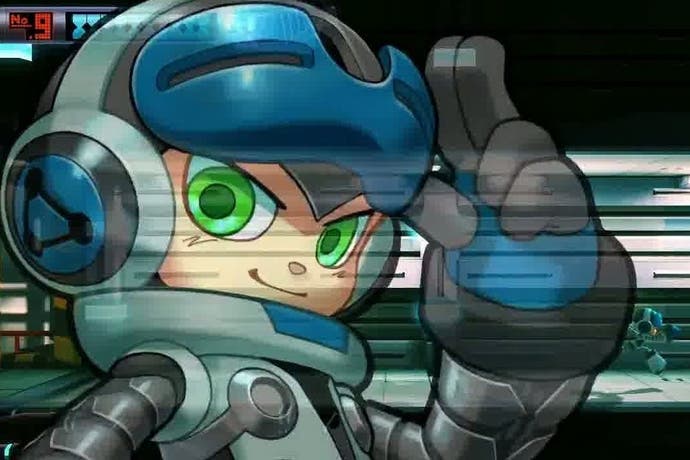


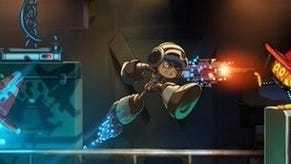
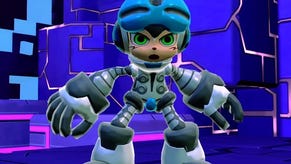
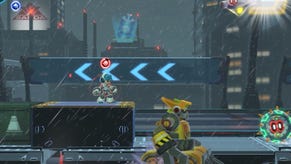
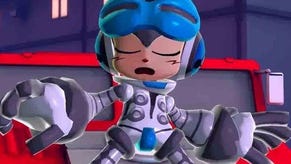
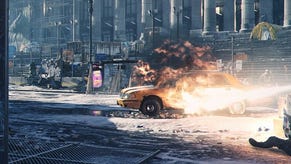
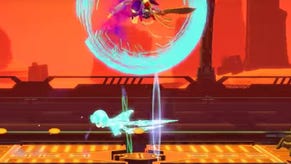
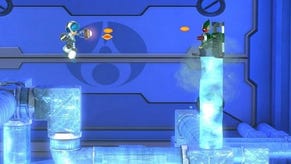



.png?width=291&height=164&fit=crop&quality=80&format=jpg&auto=webp)



